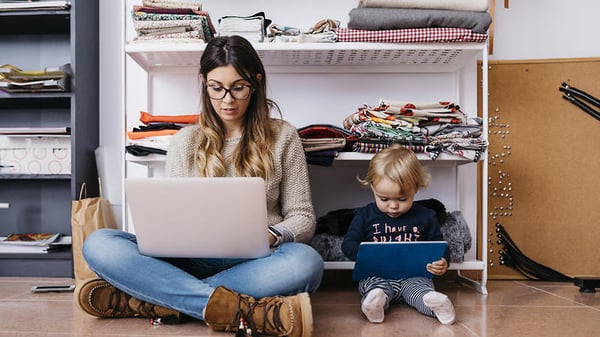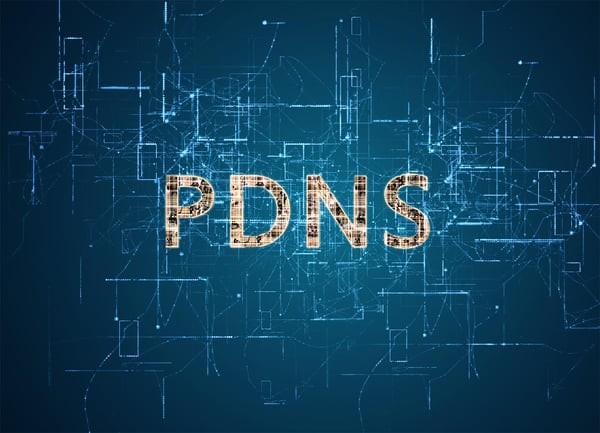May 13, 2020 • Ofir Ashman
10 Work From Home Security Tips During Quarantine
4Min read
•
byod,
malware,
wifi,
email security,
COVID-19,
remote workers,
work from home,
COVID-19 cyber security,
WFH,
anti-malware



